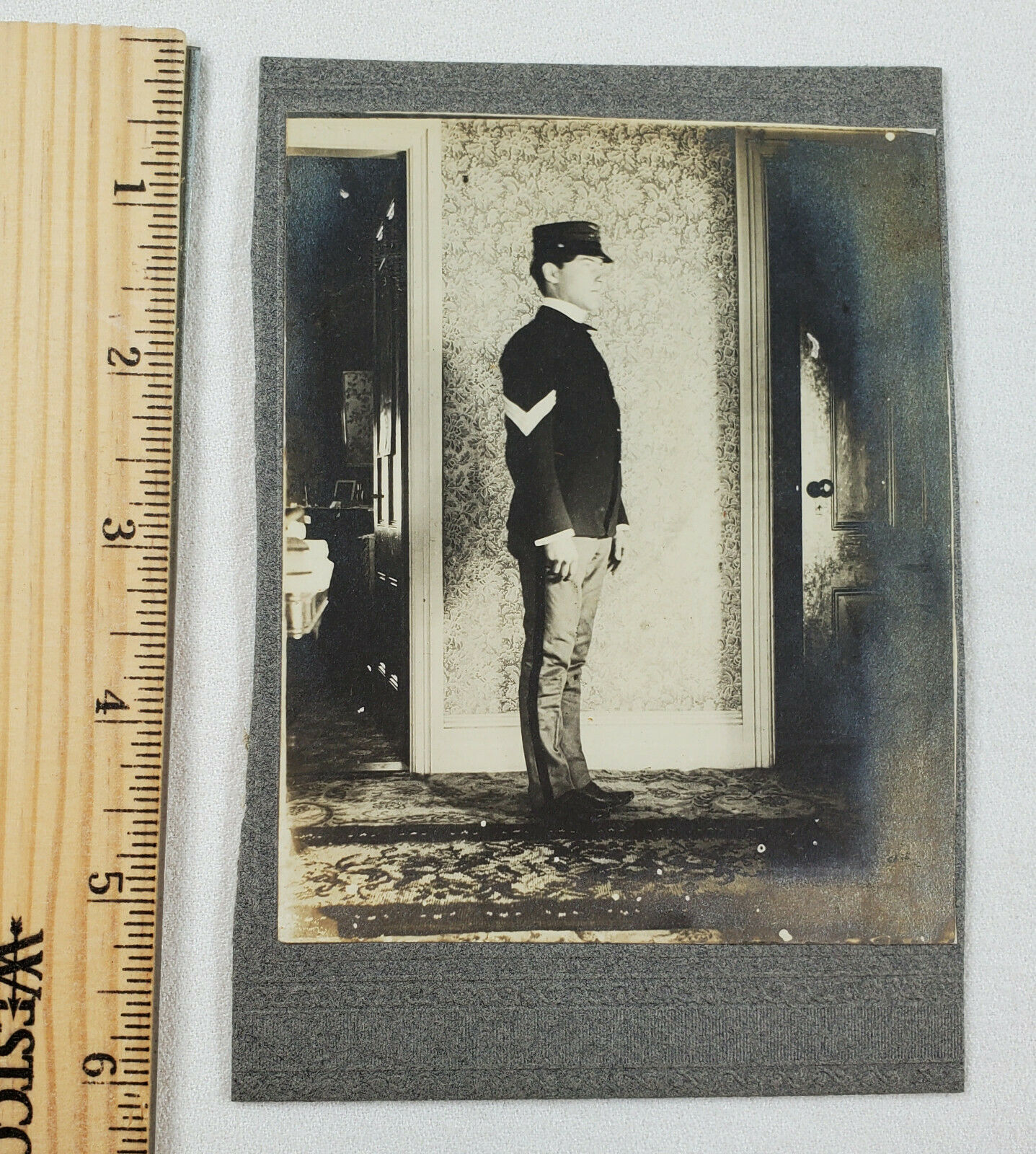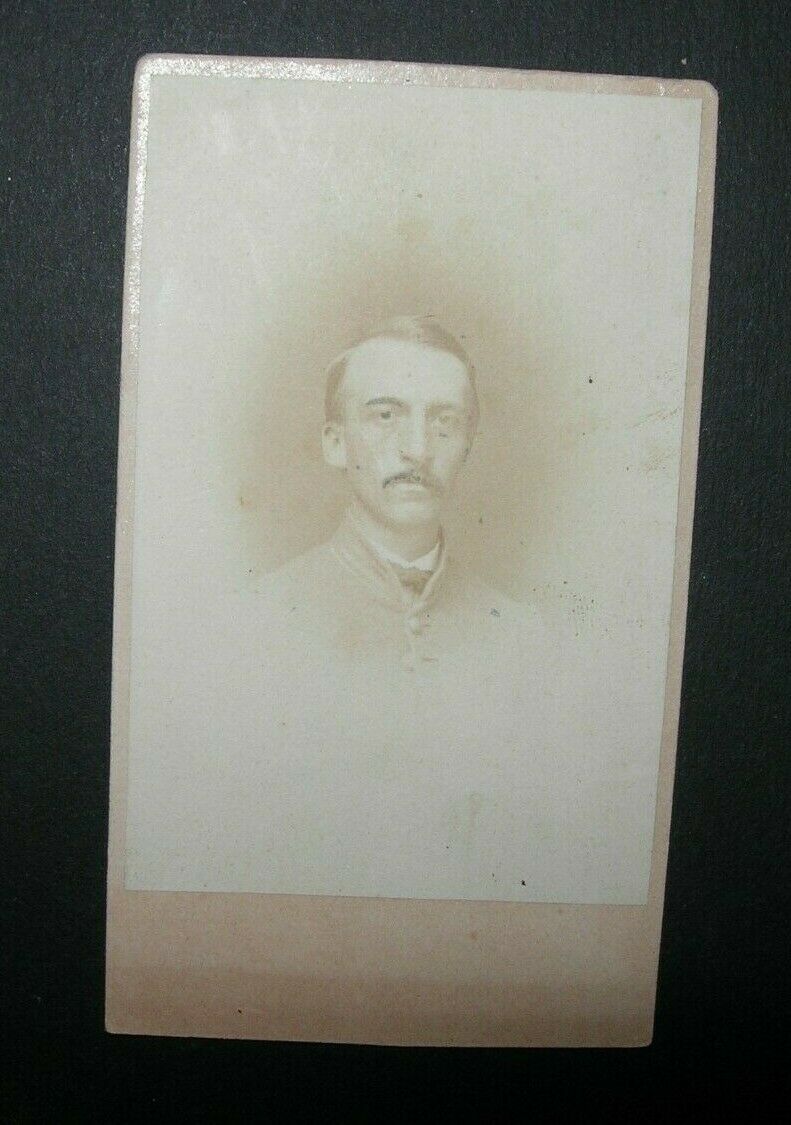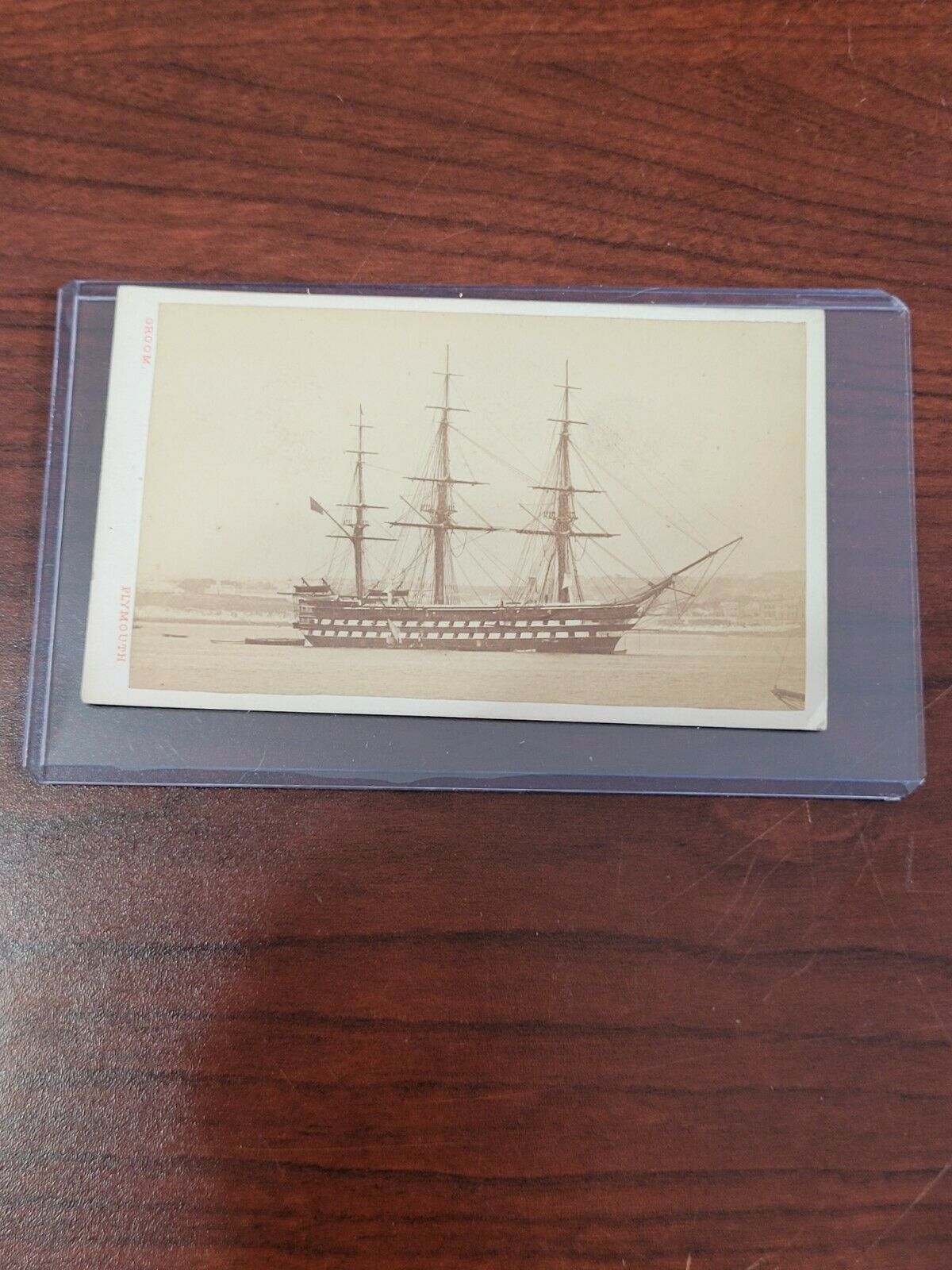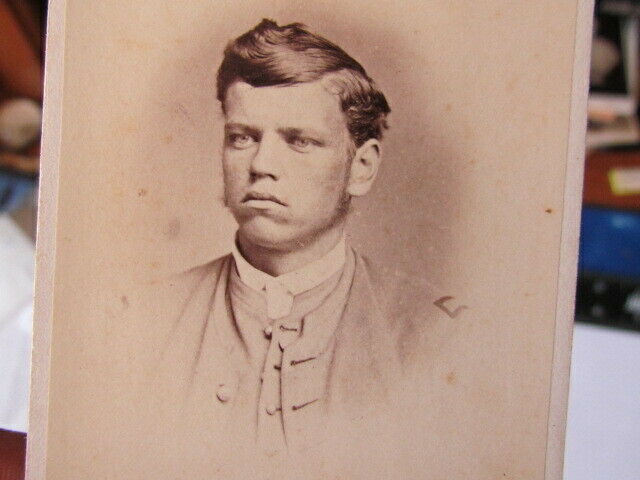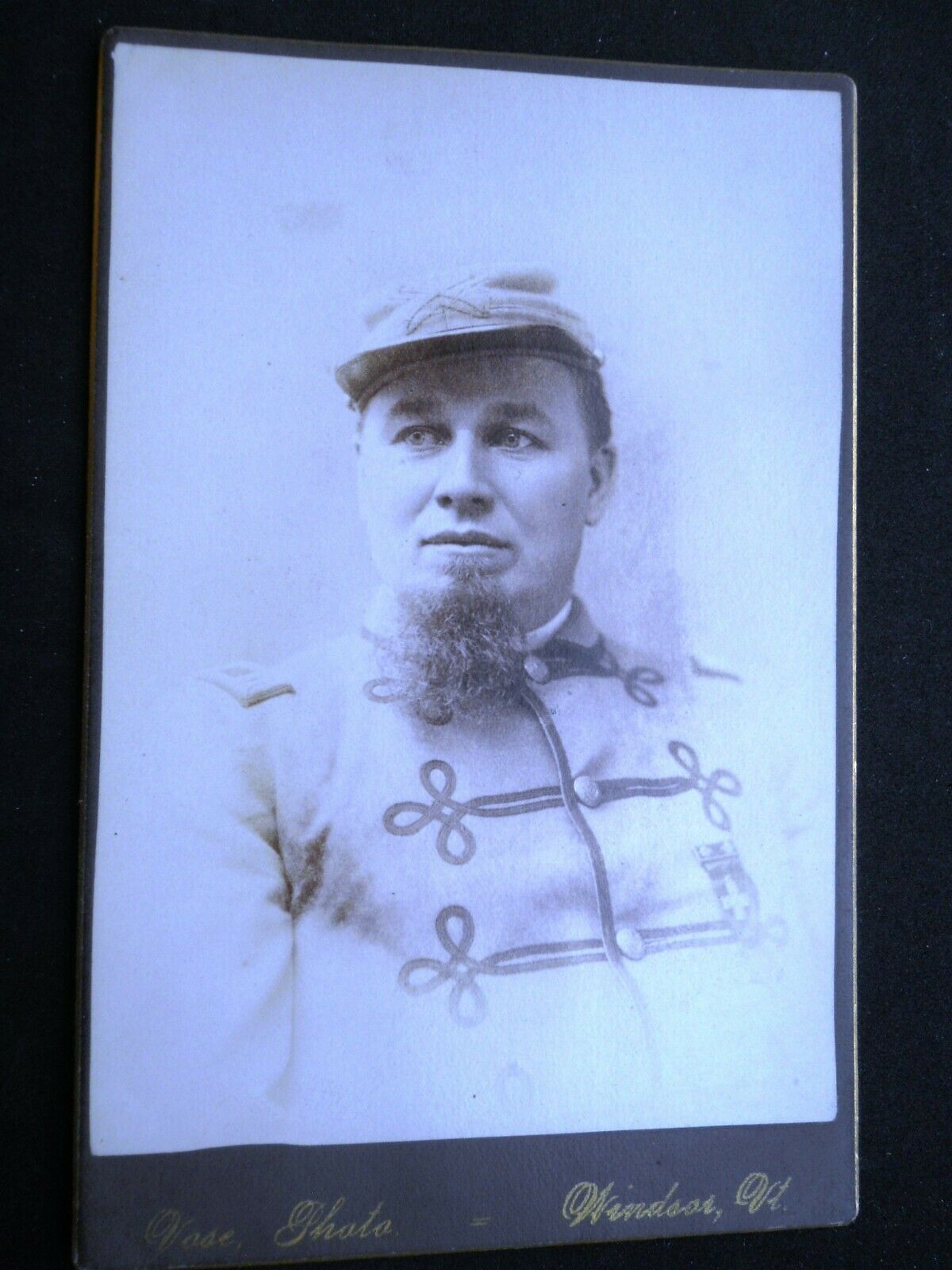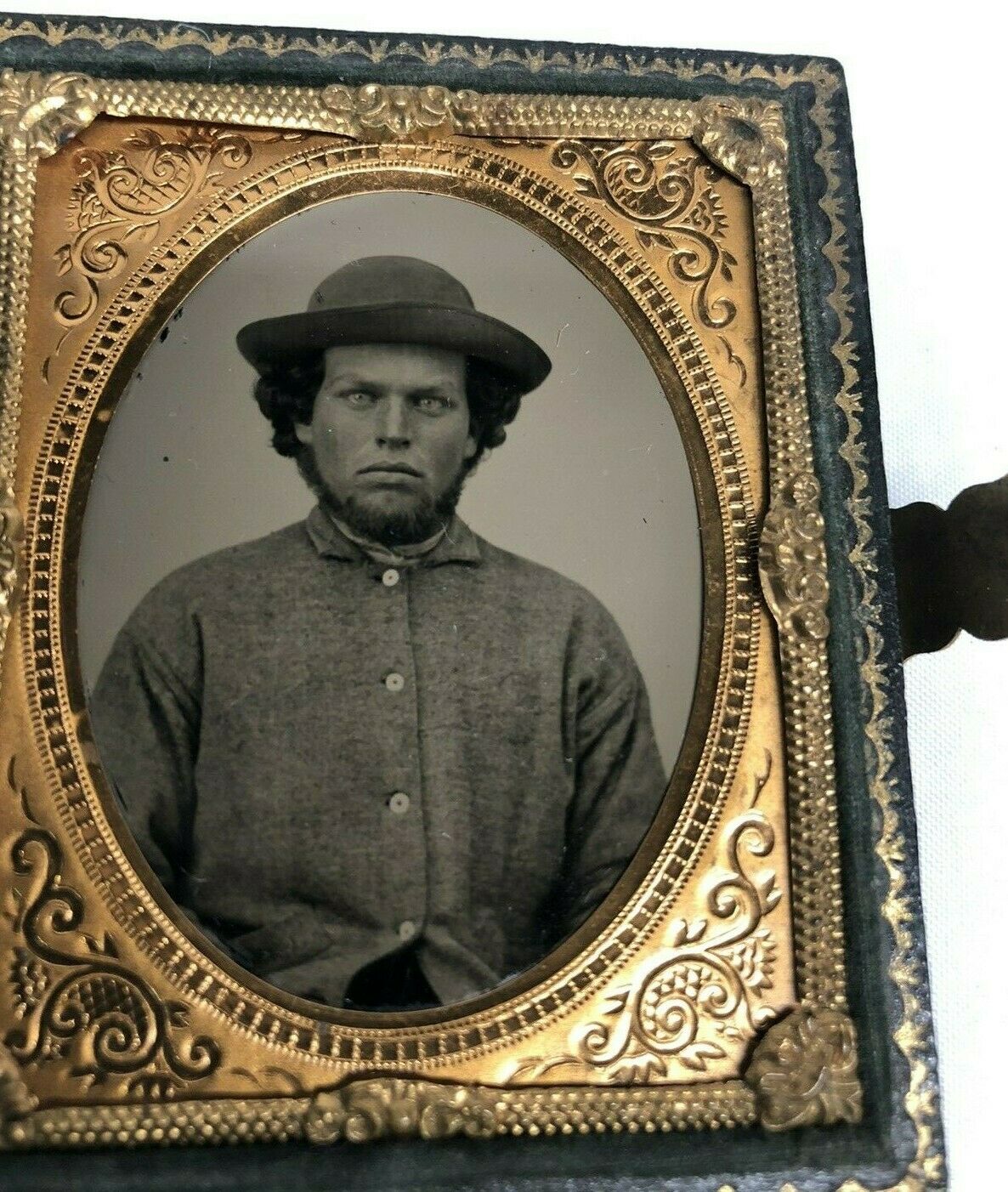-40%
Scarce Autographed CDV of Union General John M Brannen Chickamauga
$ 290.39
- Description
- Size Guide
Description
. Condition as seen. Ultra sharp view autographed on the verso.John Milton Brannan
BIRTH
1 Jul 1819
Ireland
DEATH
16 Dec 1892 (aged 73)
New York, New York County (Manhattan), New York, USA
BURIAL
United States Military Academy Post Cemetery
West Point, Orange County, New York, USA Show Map
PLOT
Section 26, Row C, Grave 26
MEMORIAL ID
5887138 · View Source
MEMORIAL
PHOTOS 3
FLOWERS 49
Civil War Union Brigadier General. Born in the District of Columbia, he would, at the age of 18, serve as a messenger in Congress. He so impressed Indiana Congressman Ratliff Boon that Boon raised a petition among other Representatives to have him admitted to West Point; therefore his appointment reads "from Indiana." He graduated 23rd in the class of 1841 and went into a lifelong artillery career. He won citations for his fighting in the Mexican War and rose to the rank of Captain in the Regular Army before 1861. On September 28, 1861, he was made Brigadier General of Volunteers and sent to the tropical outpost of Key West, Florida, the next spring. He distinguished himself on the Florida mainland in a combat sometimes called the Battle of Jacksonville, which began as an assault on heavy gun emplacements on Florida's St. John's River. It was his first real combat experience leading infantry and, in a time of few Federal successes, it brought him notice and a brevet to Lieutenant Colonel in the Regular service. Later, in Port Royal, South Carolina, he won attention in expeditions against Confederates at Pocotaligo. He was next assigned to the Army of the Ohio and commanded an infantry division under Major General William S. Rosecrans. He served through the Tullahoma Campaign to Chickamauga, and in the latter battle saw the fiercest combat of his life. On the morning of September 19, 1863, he was dispatched on an aggressive reconnaissance of the Confederate right, which started an intense shoving match with Confederates in his front. The afternoon of the following day found him along the last Union defense line at Horseshoe Ridge with Major General George H. Thomas, and with most of his army routed behind him. He survived the fight and went on to Chattanooga. In the repercussions following the Chickamauga debacle, and despite another Regular Army brevet for bravery, he was relieved from infantry command and appointed chief of artillery for the Army of the Cumberland. In that post he fought through the Georgia battles to Atlanta and oversaw the construction of the Union defenses there. He spent the rest of the war in administrative work, and on January 23, 1865, he was brevetted Major General of Volunteers. As an acknowledgment of his gallantry in the fighting to Atlanta and for all services rendered during the war, he was brevetted Major General in the Regulars on March 13, 1865. He served on in the artillery until he was retired at the mandatory age of 62 to New York City. Here, he would later died and be buried in Woodlawn Cemetery in Brooklyn; later he was reinterred to his alma mater, West Point.
Brannan was born in Washington, D.C., and was a messenger in the United States House of Representatives when he received his appointment to the United States Military Academy from Ratliff Boon, the U.S. Representative from Indiana in 1837. His appointment was supported by 114 other Congressmen. He finished West Point in 1841, ranking 23rd of 52 cadets, and was assigned to the 1st U.S. Artillery Regiment.[1] After graduation, Brannan served at Plattsburgh, New York during the border dispute with Canada.
During the Mexican-American War, Brannan was in the battles of Vera Cruz, Cerro Gordo, La Hoya, Contreras and Churubusco. He was brevetted to captain for gallantry for Contreras and Churubusco. He was severely wounded during the battle for Mexico City.
After the war with Mexico, Brannan fought against the Seminoles. Brannan then remained in the Southeast at various posts until the beginning of the Civil War.
Civil War service
At the outbreak of the Civil War, Brannan was appointed a brigadier general of volunteers and placed in command of the Department of Key West. In October 1862, he fought in the Battle of Saint John's Bluff where he led infantry troops in the expedition on the St. Johns River against Confederate positions for control of Jacksonville, Florida. Also in the same month, Brannan was placed in command of the Department of the South (which at that time was co-terminus with the command of the X Corps) after Ormsby Mitchel's death. He was brevetted a lieutenant colonel for his service during the battle for Jacksonville, Florida. He served as department commander until January 1863.
In 1863 he led an infantry division under Major General William Rosecrans in the Tullahoma Campaign where he fought at Hoover's Gap. Brannan then fought under Maj. Gen. George Henry Thomas during the Chickamauga Campaign in the XIV Corps. At Chickamauga, Brannan lost 38 per cent of his command. Nevertheless, Brannan was awarded a brevet appointment to colonel for meritorious service. When Rosecrans was relieved by Ulysses S. Grant, Brannan was reassigned from infantry back to artillery. He was promoted to the rank of major in the regular army in August 1863.
From October 1863 until June 1865, Brannan was chief of artillery of the Department of the Cumberland, where he oversaw the defenses at Chattanooga. He was in the Battle of Missionary Ridge and in the Atlanta Campaign where he participated in the Battle of Resaca, the Battle of Dallas and the Battle of Kennesaw Mountain. He was also at the siege and surrender of Atlanta. He was appointed a brevet major general in both the regular army and in the volunteer forces for Gallant and Meritorious Services in the Atlanta Campaign and in the Field during the Rebellion.
From July 10 to Sep. 25, 1865, Brannan was in command of the District of Savannah and the 1st Division, Department of Georgia, and of the District of Savannah from Oct. 5 to Dec. 19, 1865, and of the Department of Georgia from Dec. 19, 1865, to May 31, 1866.[2]
Postbellum career and death
After the Civil War, Brannan mustered out of the volunteer forces and reverted to the regular army rank of major with the 1st U.S. Artillery Regiment. He was assigned to artillery duties at Fort Trumbull, Connecticut, Fort Wadsworth, New York, and Ogdensburg, New York. While at Ogdensburg, he helped prevent the Fenian raids into Canada. In 1877, Brannan was in Philadelphia, Pennsylvania, where he helped put down the railroad riots.
Brannan transferred to the 4th U.S. Artillery Regiment in 1877. He retired from the army with the rank of colonel on April 19, 1882. He then moved to New York City.[1]
Brannan was a member of the Military Order of the Loyal Legion of the United States.
Brannan died in New York and was buried at Woodlawn Cemetery. He was reinterred at the West Point Cemetery.[1]
Battery Brannan at Fort Worden, Washington was named in his honor.


